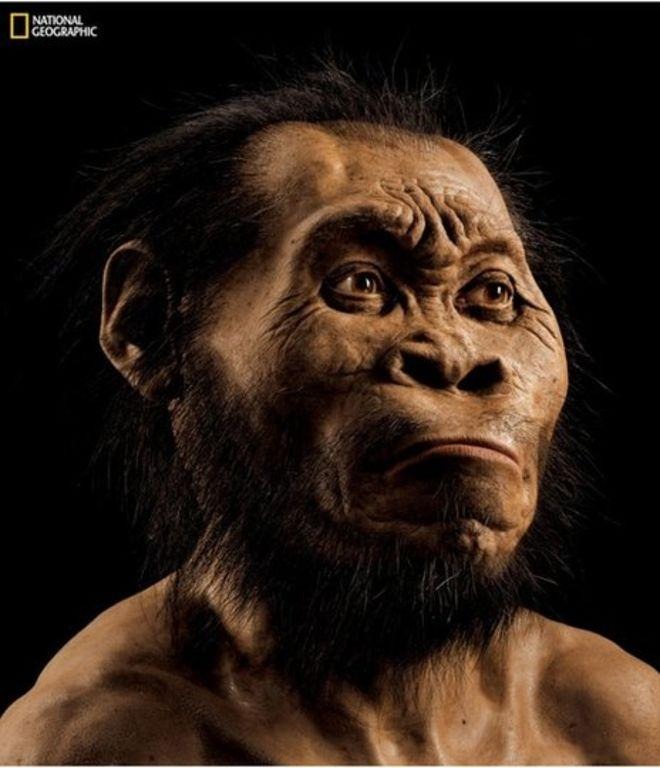Homo Naledi, A Human-Like Species, Discovered In South Africa
A cave in South Africa has lead researchers to 15 partial skeletons contained in a burial chamber. This is the largest discovery of its kind to happen in Africa, but is notable for a far more important reason: the discovery is of a new human-like species called Homo naledi, and it could change current understanding of human evolution.
How long ago Homo naledi lived is not known at this point, though it is thought they could have lived up to three million years ago, and could prove to be the first of the genus Homo. According to Professor Lee Berger, who recently spoke to the BBC, this species could end up being a bridge of sorts between humans and the more primitive primates.

The recovery process took place over 21 days, and though the researchers had intended to recover only one fossil, they ended up finding — and subsequently recovering — several of them. Said Berger, "And so by the end of that remarkable 21-day experience, we had discovered the largest assemblage of fossil human relatives ever discovered in the history of the continent of Africa. That was an extraordinary experience."
As discoveries like this happen, it becomes apparent that several human-like species existed in different regions of Africa, ultimately leading up to the humans of today. Several images of the recovered bones have been published, including the one of skulls below, showing that the fossils are both very similar and distinctly different than modern bones.

SOURCE: BBC
